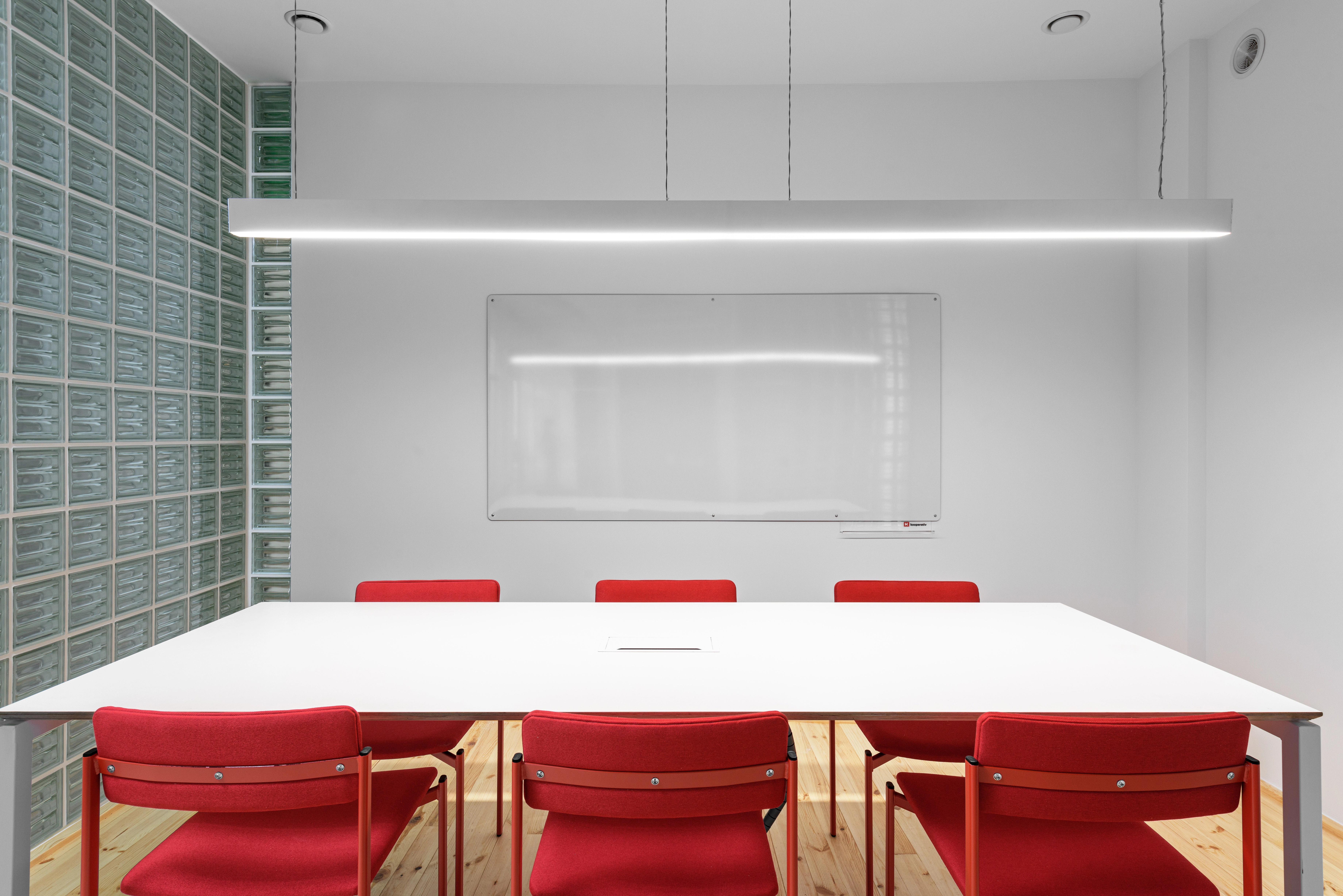Why switching to LED lighting can pay off for you

We’ve come a long way since the days when LED lighting was barely bright enough to light up a cupboard. Many businesses and homeowners are now considering LED lighting as an alternative to their current type of lighting because it’s brighter, lasts longer and is more environmentally friendly than ever before.
Let’s look in detail at the benefits of switching to LED lighting.
LED consumes less power – and therefore helps save energy
A halogen or conventional light bulb consumes about 90 percent more energy than an LED lamp. If you are now using a conventional 50-watt light bulb, you can switch to a 5-watt LED light bulb. Normally, a lot of heat is generated when electricity flows through the filament of a light bulb before light is produced. With an LED light bulb, the light is emitted as soon as the current flows through it. This prevents energy from being lost in the form of heat.
Switching to LED lighting helps reduce costs
In recent years, LED lighting prices have dropped significantly due to improved manufacturing techniques and greater demand driven by recent research successes. You can ensure that you have a cost-effective and efficient lighting system by considering the fact that LED bulbs last much longer than other types on the market.
They are still a little more expensive, but the energy savings and the fact that they last much longer than many other types of bulbs more than make up for it. It is estimated that lighting accounts for almost 20% of our energy costs in Germany. When you consider that LED light bulbs use much less wattage than other types of lighting, you can see that switching to LED lighting will result in significant cost savings in the long run.
LED lighting has a longer life expectancy
Chances are that the halogen bulbs in your home will occasionally burn out, especially if you have lights in the kitchen or bathroom. A typical halogen bulb has a life expectancy about 20 times shorter than an LED bulb. This is because every time you switch on the bulb, the filament gets thinner from the heat and eventually bursts. This does not happen with LED bulbs because they do not generate heat.
Choose from a wide range of colour options
Fluorescent bulbs produce a warm, inviting light. When LEDs first came on the market, they were thought to be unpleasant and cool. Today, that has changed because LEDs can produce any colour on the colour temperature scale. You can customise the lighting for any room in your home by choosing between blue, bright white or warm light if you prefer.
Environmentally friendly – LED lighting reduces carbon dioxide emissions
What are the environmental benefits of LED lighting? LED lighting uses less energy, resulting in lower electricity consumption. Considering that lighting accounts for between 10 and 20 percent of a household’s energy costs in Germany, a widespread switch to LED would have a significant impact on the environment and reduce overall carbon dioxide emissions.
Epilogue
There are several advantages to switching to LED lighting. Some of these benefits have already been mentioned here on the blog. LED lighting has a longer lifespan and helps reduce energy consumption.
If you are ready to switch to LED lighting for a better and sustainable future, check out our WSU Lights range.
